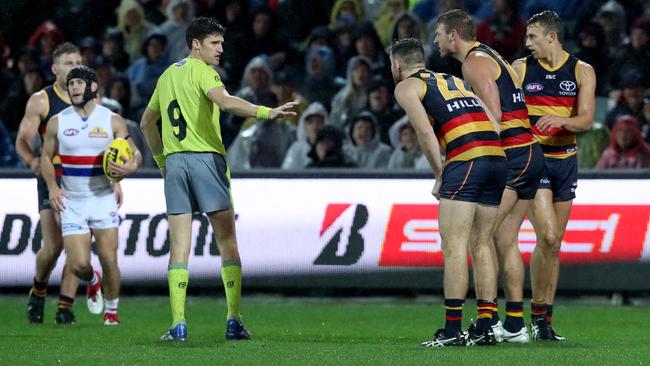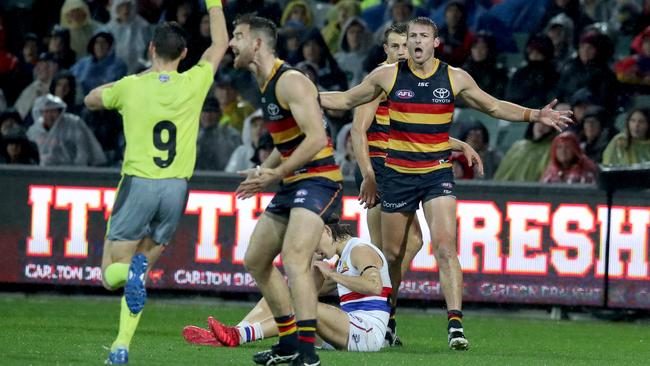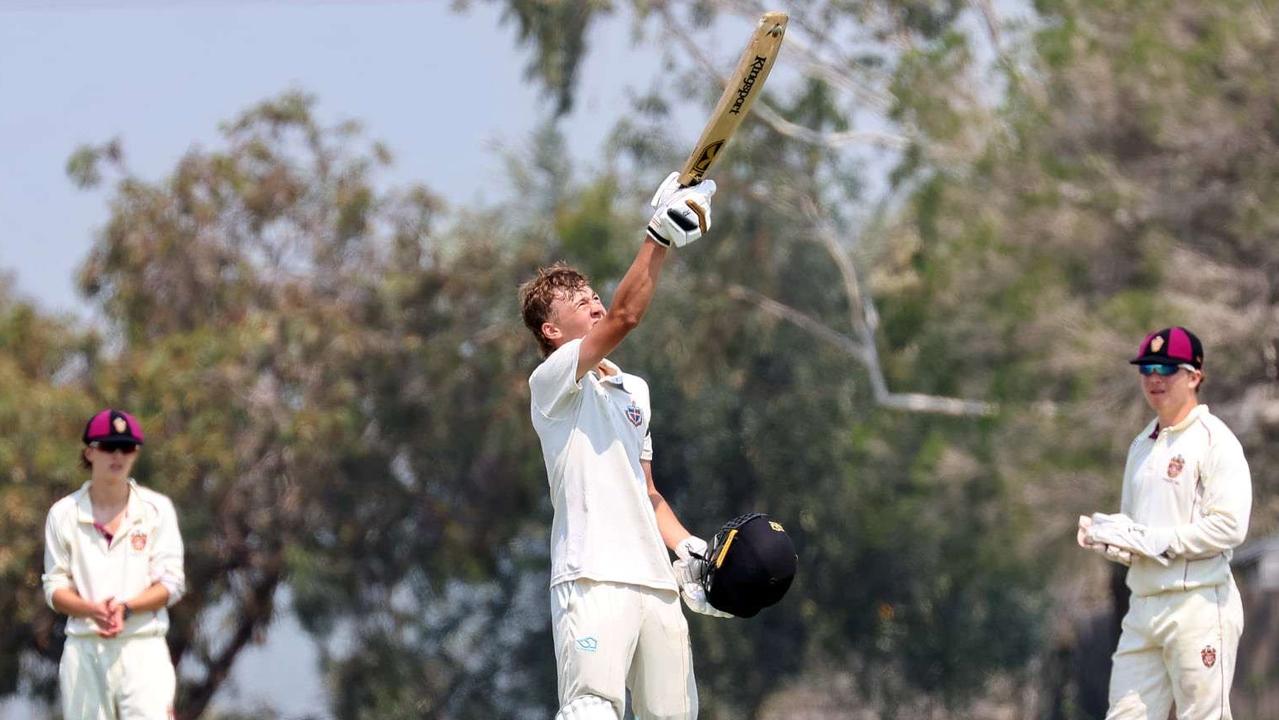Injury tolls and game “look” to drive 2019 rules shift
The AFL’s new competition committee is set to breath fresh air back into the rules of the game and are sure to make some refreshing changes for 2019 season.

AFL
Don't miss out on the headlines from AFL. Followed categories will be added to My News.
BUCKLE up and get ready for change — that’s my message to AFL fans ahead of the 2019 season.
For the record, I hate changes to our great game. I’m a believer that the game will always evolve no matter the perceived issues that it may face.
Newly-installed football operations manager Steve Hocking has wasted no time getting his hands dirty by throwing out the Laws of the Game committee and other advisory boards in favour of the newly installed AFL competition committee, comprising a combination of 12 club presidents, chief executives, football managers and players.
While the new committee appears a breath of fresh air for the game, it is yet to be truly tested. And as independent as the committee members appear, I’m of the belief that, yet again, the games rules and interpretations are set to change.
If history is any guide, the game has undergone a tinker when it has experienced one of three things — a bad look, low scoring, or too many injuries.
In 2018 we’ve had two of the three, with low scoring the odd one out — so change is inevitable.
Traditionalists struggle with the look of the modern game. Gone are the days of players staying in their set positions on the magnet board. We’re regularly seeing up to 24 players close to the contest fighting for the ball, otherwise known as the rolling maul.
And while some are calling for player zones to be implemented I think this is a far too drastic move. I’d rather see the AFL umpiring department take control.
Compared with 20 years ago umpires take too long to throw the ball up around the ground, in some cases five or 10 seconds longer per stoppage.
It’s time the farcical idea of teams having to nominate a designated ruckman is thrown out.

The onus should be on the players. If a player can dictate team rules and enforce standards of behaviour on the field, surely they have enough nous to organise one player to contest the ruck.
If they can’t, and two ruckman from the same team contest the ruck, pay a free kick against them.
And if players are too slow give the ball back to the umpire for a ball-up, they should also be penalised for time wasting. It’s the only way to get players to take notice.
Being able to keep the ball in motion as much as possible will eliminate the players’ ability to slow the play down and get more numbers to the contest, which causes the congestion.
Some recent changes have worked, such as clamping down on incorrect disposal and policing how long a player can hold on to the ball after taking a mark or winning a free before play on is called.
But the elephant in the room is the huge injury lists that select clubs have sustained in 2018.
While most have been relatively unscathed, four teams in particular have been decimated — GWS, Collingwood, Gold Coast and Adelaide have been hammered by the injury gods.
Ahead of round eight those four clubs had a combined 40 players on their injury lists — Adelaide (11), GWS (9), Gold Coast (11) and Collingwood (9). That is more than a quarter of their playing lists out injured, and that doesn’t include players regarded as “tests”.
It’s been well documented how poorly the teams have fared through injury but something is clearly going amiss in their training and medical programs.
Recent changes to install and then throw out the sub rule, and to cap interchanges at 80, has also added extra stress on players.
And while it has slowed down a player’s ability to cover as much ground at high-end speed with limited recovery times, coaches are now pushing their players to the “red line”, making them more susceptible to injury than ever before.
And if this is combined with inviting the umpires to keep the stops in play to a minimum, I wouldn’t be surprised if the new Competition Committee acts swiftly by increasing the interchange cap from 80 rotations to 100 next season.
This would give players slightly more rest and reduce the risk of injury and at the same time improving the look of the game.
Make no mistake, footy in 2019 is set to look a whole lot different.


